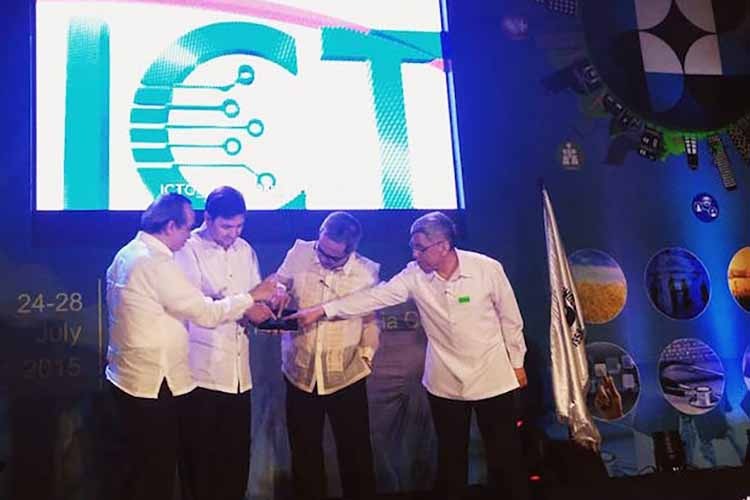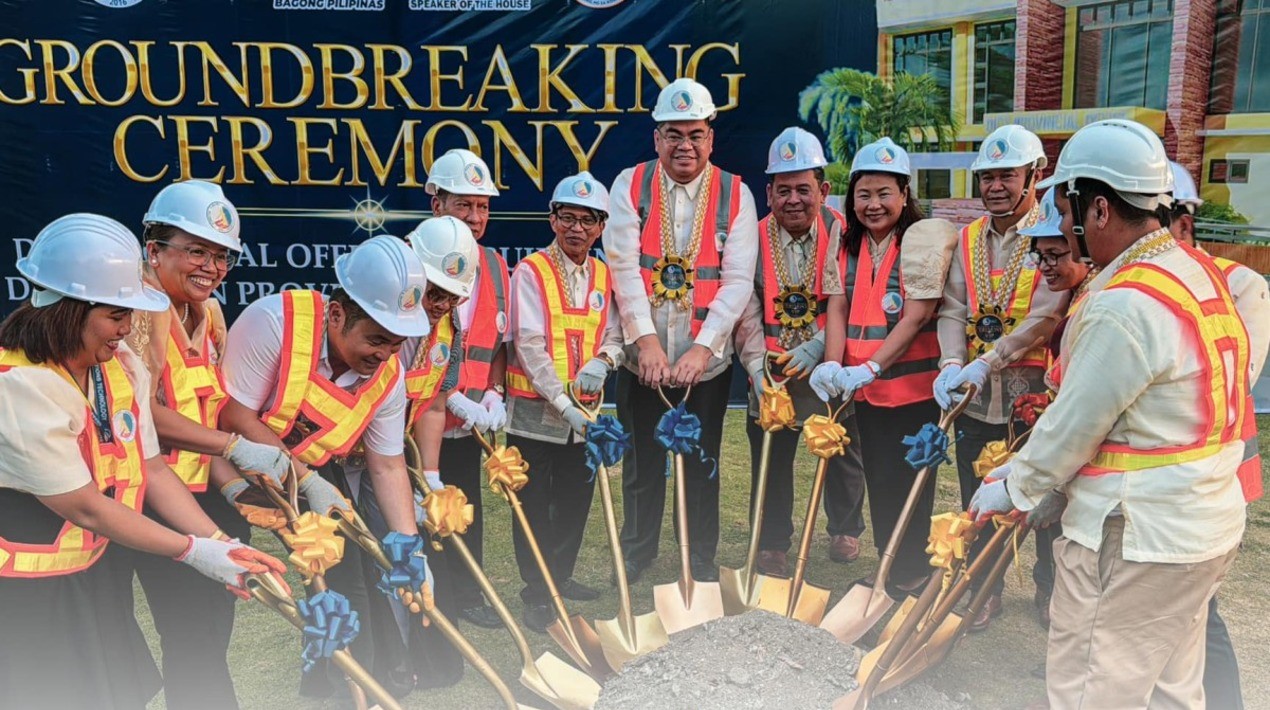
The Government of the Philippines is taking an active role in implementing plans outlined in its Digital Strategy 2011-2016. The Philippines Digital Strategy 2011-2016 envisions, “A digitally empowered, innovative, globally competitive and prosperous society where everyone has reliable, affordable and secure information access in the Philippines. A government that practices accountability and excellence to provide responsive online-citizen centred services. A thriving knowledge economy through public-private partnership.”
Through this vision, the Department of Science and Technology has worked to integrate advanced ICT solutions in order to bring the country up to speed with the digital age.
OpenGov recently reached out to the Roy Espiritu, Information and Communications Technology Office, Philippines Department of Science and Technology, to ask questions pertaining to how DOST is working to improve the country’s ICT infrastructure through a myriad of projects.
What are your three areas of focus for 2016?
We intend to focus on our primary mandates and continuing what we have started. Among the projects on our list are:
- Internet For All: Free Wi-Fi in Public Places project
- eGovernment: Integrated Government Philippines Project (iGovPhil)
- ICT Industry Development: Next Wave Cities
What projects/programmes/research are you currently working on?
Our Agency is primarily a service institution and we are rarely involved with R&D, we do however, have a policy intervention on the use of TV White Space Technologies(TVWS), to allow the use of unallocated UHF spectrum for Internet and Data connectivity particularly in rural areas.
We have worked with the National Telecommunications Commission (NTC) on issuing a memorandum circular on TVWS, that we expect to be released soon.
How is your department working to drive further ICT integration throughout government?
On the technical side, our primary eGovernment project is iGovPhil which is a collection systems, applications, and services that government can use.
To ensure iGovPhil’s adoption by all of government we have the Medium-Term Information and Communications Technology Harmonization Initiative (MITHI). A program developed together with the Department of Budget and Management.
What other agencies are you working with to complete these projects?
To ensure that disbursements of funds for IT projects are interoperable and cohesive we are in close collaboration with the Department of Budget and Management and the National Economic Development Authority (NEDA)
For a uniform look and feel for government websites we coordinate with the Presidential Communications Operations Office (PCOO)
What has been your experience trying to move to the cloud?
As of 2015, 80% of the Old Cloud-based virtual machines which used Open Nebula Platform was already moved to the New Cloud which uses oVirt. The current set-up could now provision virtualized servers, storage, networking equipment, and software.
The government cloud greatly improves government process and delivery of services to the people. It also allows us to save money because services may be shared by agencies; i.e., one agency could take advantage of the same resources needed by another agency. Costs are even managed because hardware acquisition and maintenance are being reduced.
The GovCloud was set up in small scale in 2013 since it was developed initially to support the project's applications and other services. However, as more government agencies became interested in the service, it was eventually offered to other agencies that were in need of cloud computing.
Today, the set up could now provision virtualized servers, storage and network. It also has horizontal and vertical scalability to increase runtime usage.
The servers, storage devices, networking equipment and software found in the cloud help improve government processes and delivery of services to the people. The government also saves money this way because services are shared by agencies; i.e., one agency could take advantage of the same resources needed by another agency.
Costs are managed because hardware acquisition and maintenance are reduced. Cloud services could also be provisioned and reallocated on demand, depending on the budget, resource requirements, or time of year.
Some accomplishments include:
Migration of Old Cloud-based virtual machines to New Cloud. Old Cloud uses Open Nebula Platform, while New Cloud is now Virt – 80% done
Completed systems engineering set up:
- Back server
- Adding of all virtual machines, servers, network devices, in the monitoring servers
- Virt agent in Red Hat
- iGovPhil Lightweight Directory Access Protocol (LDAP) server
- Upgraded GWHS server compute capacity from 16GB to 32GB RAM to increase
- Tasks for BIR:
- Installed Zabbix agent on pfsense
- Enabled SNMP (monitoring tool) on pfsense
- Set up second pfsense o Conducted ipsec bandwidth testing
- Completed GovMail storage expansion
How are you using GIS to better predict and protect against natural disasters?
Our mother agency the Department of Science and Technology (DOST) has other projects that utilize GIS among them are:
o Project NOAH
o Dream Lidar
o Diwata Micro Satellites
How has your field changed in the past five years? How are you dealing with this change?
The migration to the cloud and ready availability of access devices, has significantly changed processes in government, the main challenge is capability development for government personnel to use the technology.
Backend support is also an issue, as ICT personnel have better employment opportunities in the private sector. This is addressed by outsourcing.
What motivates you to do the work that you do?
ICT is a game changer for countries it has been proven that its adoption and ease of access to it, translate to economic development.
Considering where we are now relative to the rest of the world we still have a long way to go, and the country has a lot of potential. Changing people’s lives for the better through technology is out primary motivator.





















